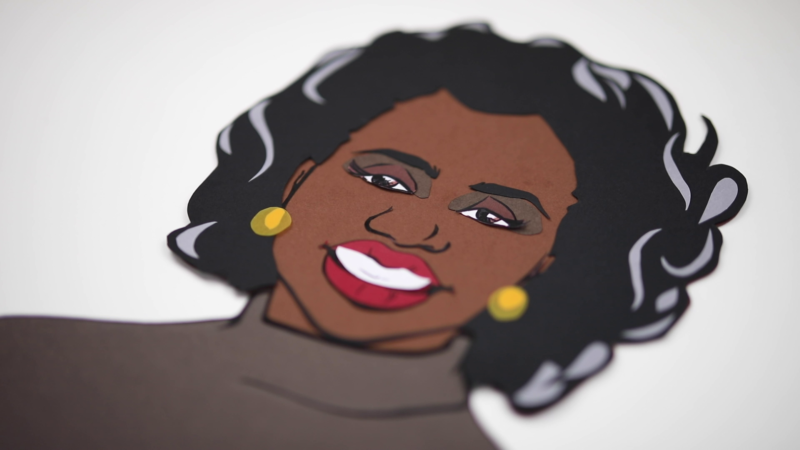Building empathy
It can be difficult to understand what it’s like living with a chronic, invisible health condition like endometriosis. Because we can’t see what the disease is doing internally or experience each other’s symptoms, pain and distress, it can be difficult to develop empathy.
The good news is that it is possible to work together to build more empathy into our relationships in a way that helps all the people involved.
What is empathy?
Empathy is the ability to truly know the feelings of another person and imagine what they are thinking and feeling even if we have not shared their experiences. When we are empathetic we can describe someone else’s experiences in a way that feels recognisable to them. Of course to have others be empathetic we also need to be prepared to show our true self to them.
“[Empathy] eases our anxiety, helps us process tough circumstances and move through difficult emotions more quickly so that we can take positive steps to move forward again.” – Dr Sarb Johal
The benefits of empathy
Empathy is crucial to humans, mostly because it makes us understand and help each other. It gives people receiving empathy the sense that they are not alone. Dr Sarb Johal, is a clinical psychologist and an expert in crisis psychology who supports people to develop empathy. Dr Johal says that when experiencing challenging circumstances, “Empathy helps us feel heard and understood, normalises the struggle we might be experiencing. It eases our anxiety, helps us process tough circumstances and move through difficult emotions more quickly so that we can take positive steps to move forward again.”
Using the resources on this page will help build empathy to achieve some of these benefits.
Different types of empathy
Empathy can take a number of different forms. For instance we can show empathy by connecting with the suffering of others – feeling sadness for them, or distress in reaction to their pain. This is called emotional empathy. We might also show empathy by viewing a situation from the point of view of another person – putting yourself in another person’s shoes. This is called mental empathy.
Dr Johal says it’s important to keep emotional and mental empathy in balance if we want to help those suffering.
Is there a downside to empathy?
If there is too much ‘feeling with a person in suffering’ we might end up not helping. If we feel too much we might end up trying to avoid connecting with people who are suffering, as Dr Johal explains, “shutting down or ducking out”. This “shutting down” can happen for both the person with the disease and those around them.
- Parents or partners who feel the suffering of their loved-one dealing with with intense and debilitating symptoms.
- People with endometriosis can shut-down when they see their friends or family members distressed at their suffering, which causes them to stop sharing their feelings with others.
Wearing a mask, drawn by a participant in 2018 workshop “Living with Endometriosis in Wales”

People with endometriosis can sometimes mask their feelings because there is too little empathy or when their suffering is not taken into account. While masking can help manage situations of over- or under-empathy, masking rarely helps the person suffering with endometriosis. It’s better to try to tell others how they can help.
It’s also unfortunately true that some people will not understand or be empathetic about the disease. This can be particularly frustrating, especially if these are people with whom you have a close relationship. You might find it more helpful to speak with people going through the same experiences as you. You can read more about support groups here.
To be helpful, empathy needs to be balanced between the emotional and mental empathy. Read more about putting these ideas into action.

